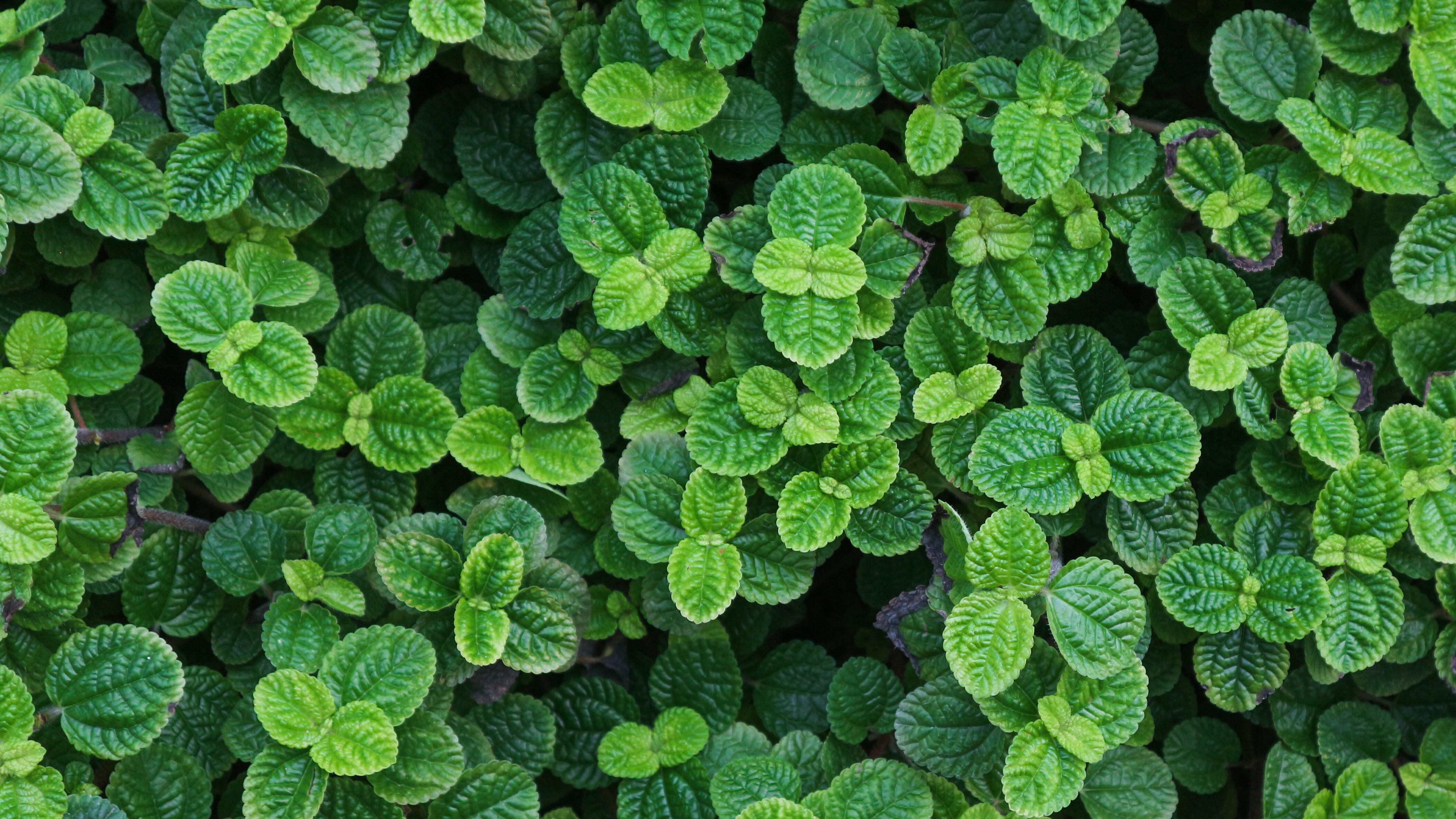Opponents of a massive renewable diesel refinery on the Columbia River near Clatskanie are watching for a decision Oct. 28 on a key part of the plant’s infrastructure.
That’s when they expect the Oregon Land Use Board of Appeals to rule whether Next Renewable Fuels can install railroad tracks to serve the proposed plant.
The decision turns on whether the tracks constitute a “yard” or a “branch line.” It’s being built on land zoned for agriculture, where a branch line would be permitted but a larger yard would not, according to Columbia Riverkeeper, which appealed Columbia County’s March 23 decision to allow the rail line.
The decision was originally scheduled for this week, but the Land Use Board of Appeals requested an extension, Columbia Riverkeeper said.
Next says it needs the new railroad tracks to import vegetable oil and other raw materials—and export refined diesel—should the Columbia River close to tanker traffic. Opponents of the project say the 12.3-acre rail terminal is a “yard” that would block access to mint fields owned by local farmers.
Farmers fighting Next say they hope that blocking the rail will deep-six the whole refinery.
“If they don’t have a railyard, then they don’t have a project,” says Jasmine Lillich, 29, a local farmer.
Next didn’t return an email.
Like biodiesel, renewable diesel is made from inputs like used cooking oil and even wood waste that have a lower carbon intensity than petroleum diesel and thus create fewer greenhouse gases. Next says it plans to use fish carcasses, rendered into a paste, as the feedstock for much of its diesel.
Columbia Riverkeeper, an ardent opponent of the project, questions whether Next’s product is truly renewable because it proposes to use natural gas as a source for the hydrogen it needs to refine seed oils and other fats into diesel that can be used in trucks with no modification to the engines.
“Part of this renewable diesel is fracked gas,” said Dan Serres, conservation director at Columbia Riverkeeper. “The hydrogen is made from fracked gas. It demands some scrutiny.”

